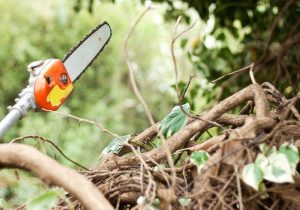To grow a beautiful lawn, you need fertilizer. A good fertilizer will control weeds, promote plant growth, and ensure a high-quality soil. All this will allow you to grow healthy, dense grass for your lawn.
Growing vigorous turf pays off in more ways than just ensuring you have a lawn that looks good. A stand of thick grass discourages weeds and endures seasonal temperature extremes.
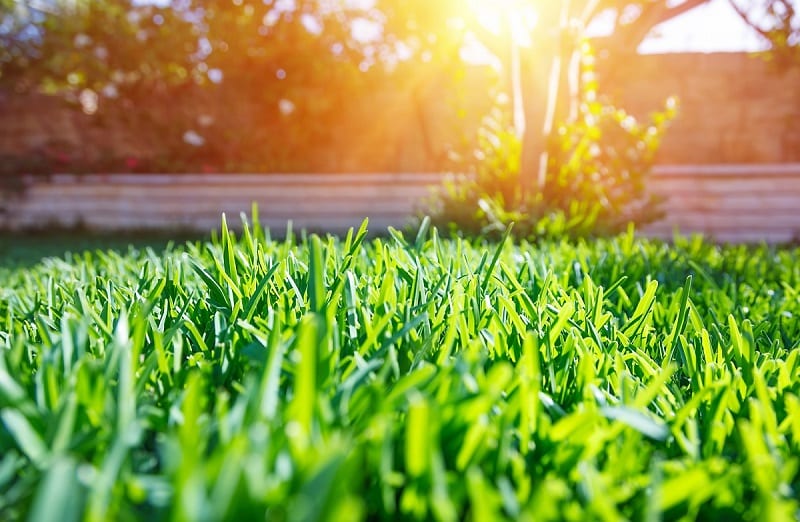
Fertilizing Your Lawn the Right Way
Contents
But there’s a right way to do everything. And when it comes to lawn fertilizer, the right way consists of a simple, straightforward set of guidelines anyone can master.
Here are some foolproof tips on using fertilizer on your lawn the right way.
Test the soil.
Collect samples by randomly pulling 10 to 12 individual soil samples from your lawn from a depth of 3 to 4 inches. Make sure there is no vegetation or root mass in the samples.
Mix together the soil samples and put about a cup of the mixture in a plastic bag and send it off for testing.
If your soil test results recommend adjustments to correct nutrient or pH issues, follow the recommendations carefully. You should test the soil once a year until it achieves the correct balance.
If your soil test does not reveal any issues, test every
three years simply to monitor the health of your soil.
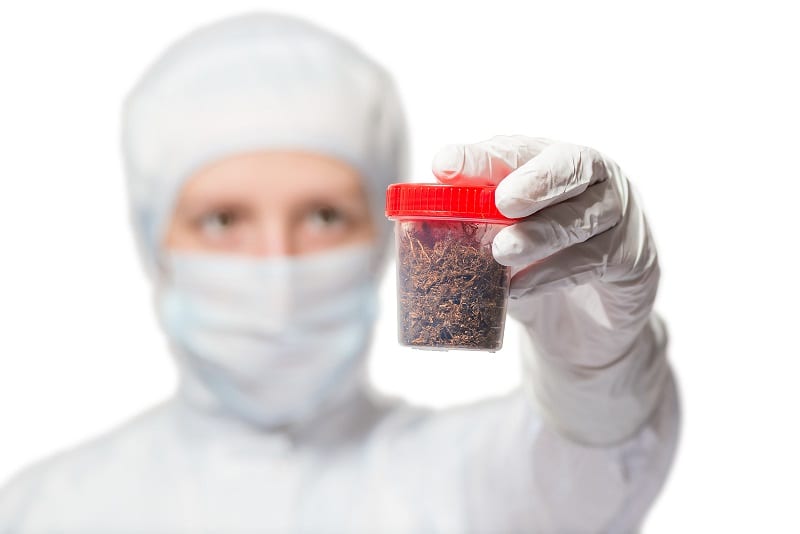
Focus on even distribution rather than amount.
Many retailers promote a four-step lawn fertilizer schedule for homeowners. Fertilizing more than four times a year is excessive. Most can get by with two every year.
If you apply too much lawn fertilizer, especially in sandy soils, a good portion of it will leach through the soil and make its way into groundwater, lakes, streams, and wetlands. More isn’t always better.
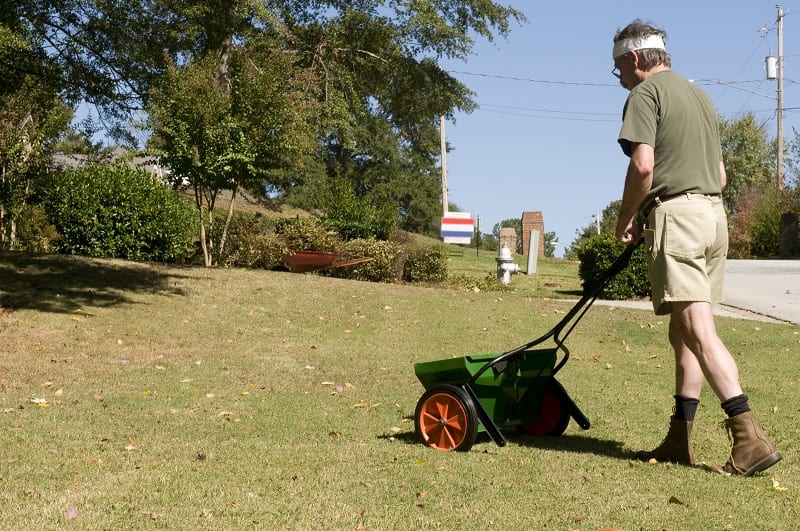
Fertilize your lawn at the right time.
When and how often you should apply fertilizer to your lawn depends on the type of grass you grow and where you live. Grasses need nitrogen and other nutrients during seasons of active growth.
Fertilize grass when it’s naturally dormant, and you’re wasting both your time and your fertilizer. Your best bet is to consult your local extension worker about the appropriate fertilizing schedule for the type of grass you grow.
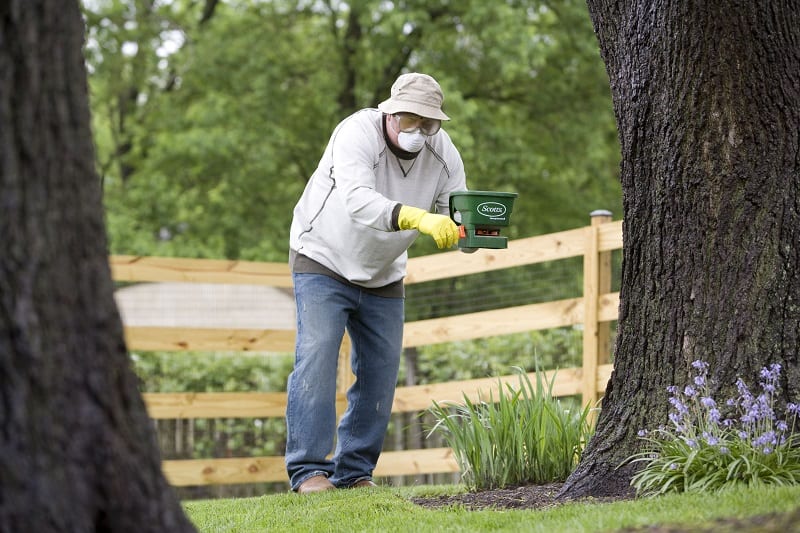
Please, be mindful of the environment.
Fertilizer is essential to keeping your lawn healthy, thick, and handsome. But it can also create environmental concerns if not used responsibly.
Never apply any type of fertilizer close to rivers, streams, wetlands, lakes, and ponds. “Stay at least 6 to 8 feet away from water when applying fertilizer,” says Family Handyman.
When you are done fertilizing your lawn, sweep up whatever fertilizer remains on your driveway or street. Rain will wash fertilizer that is left on hard surfaces into water features, canals, and storm sewers. Nobody wants that.
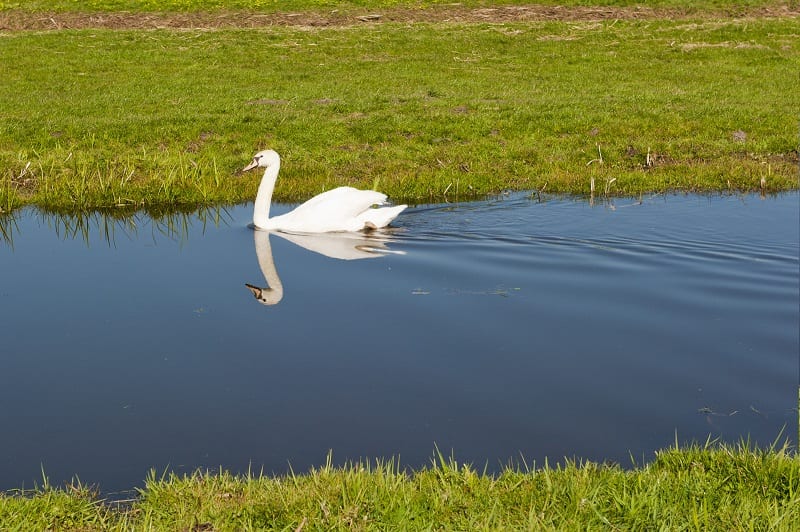
Why not go organic?
Organic fertilizers are becoming more popular. That’s because they are more environment-friendly. Organics will help nourish your lawn by encouraging microbial life. This improves the quality of the soil.
Organic lawn fertilizers are safer to use and will not harm your lawn. Yes, they are more expensive and they work a bit slower. You’ll need to be patient. The payoff is worth it.
Fertilizing your lawn can help you get the luxurious, verdant grass you want. But it’s important to ready the ground and stick to a well-researched, intelligent fertilizing schedule.
Try to remain consistent from season to season. With careful attention and a little work, you’ll be rewarded with a lawn for which you can be truly proud.





